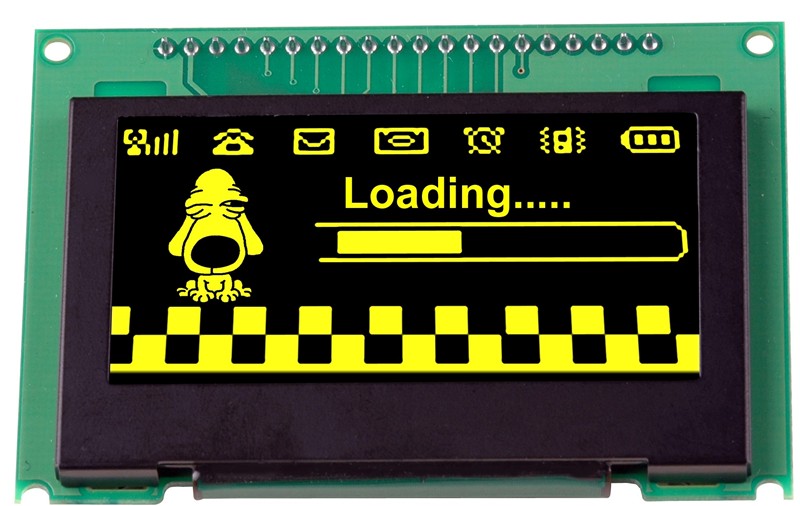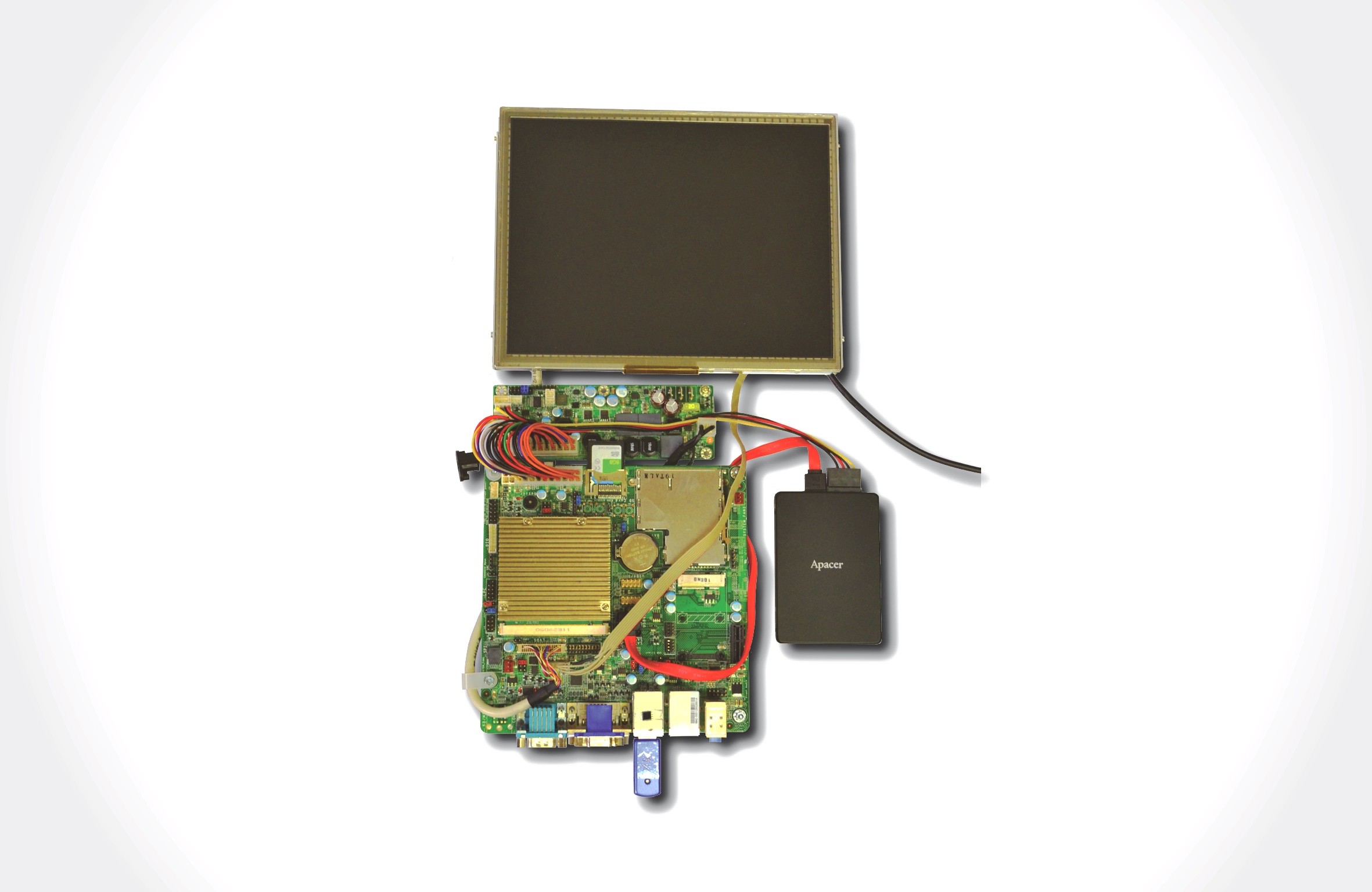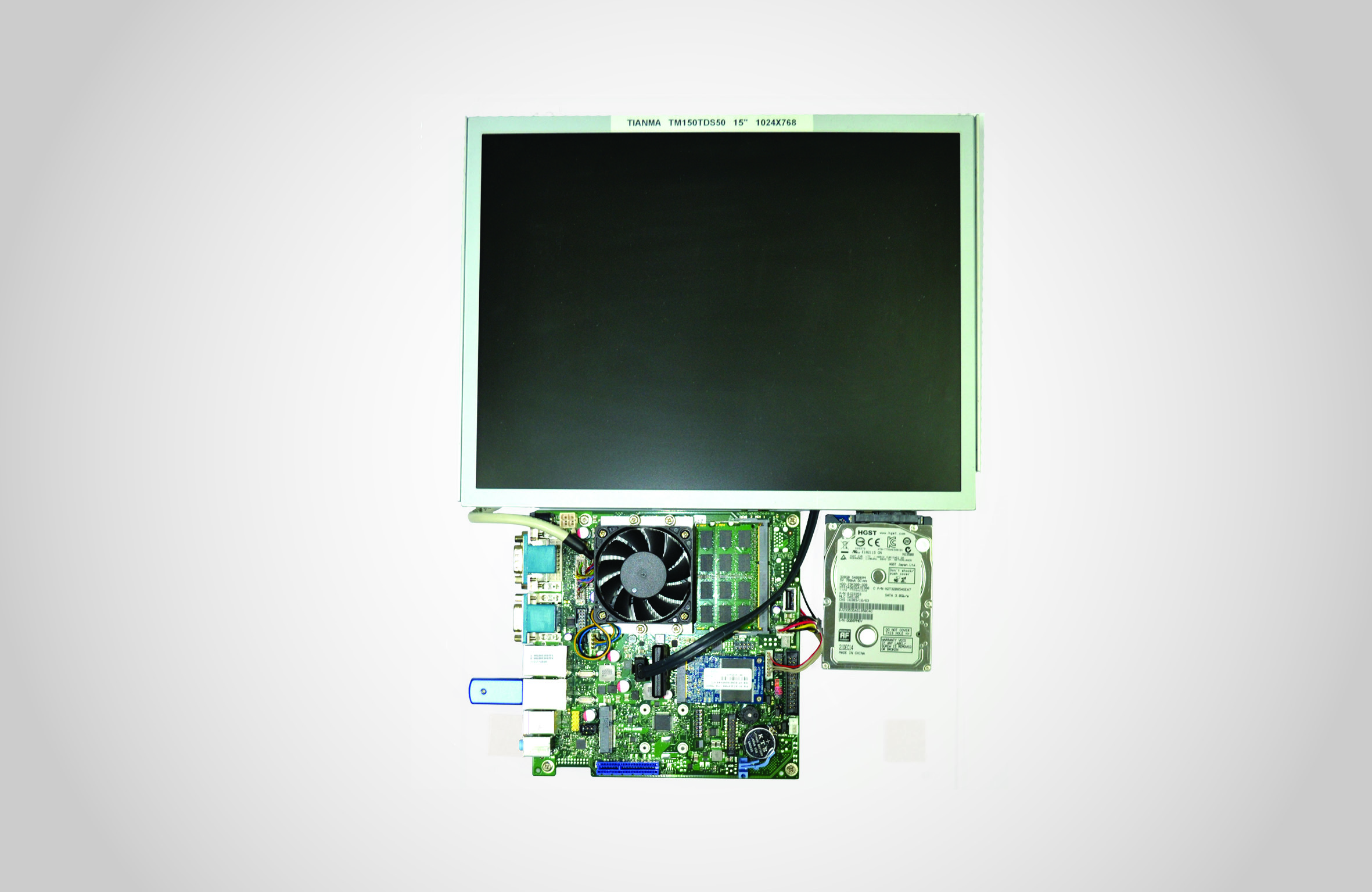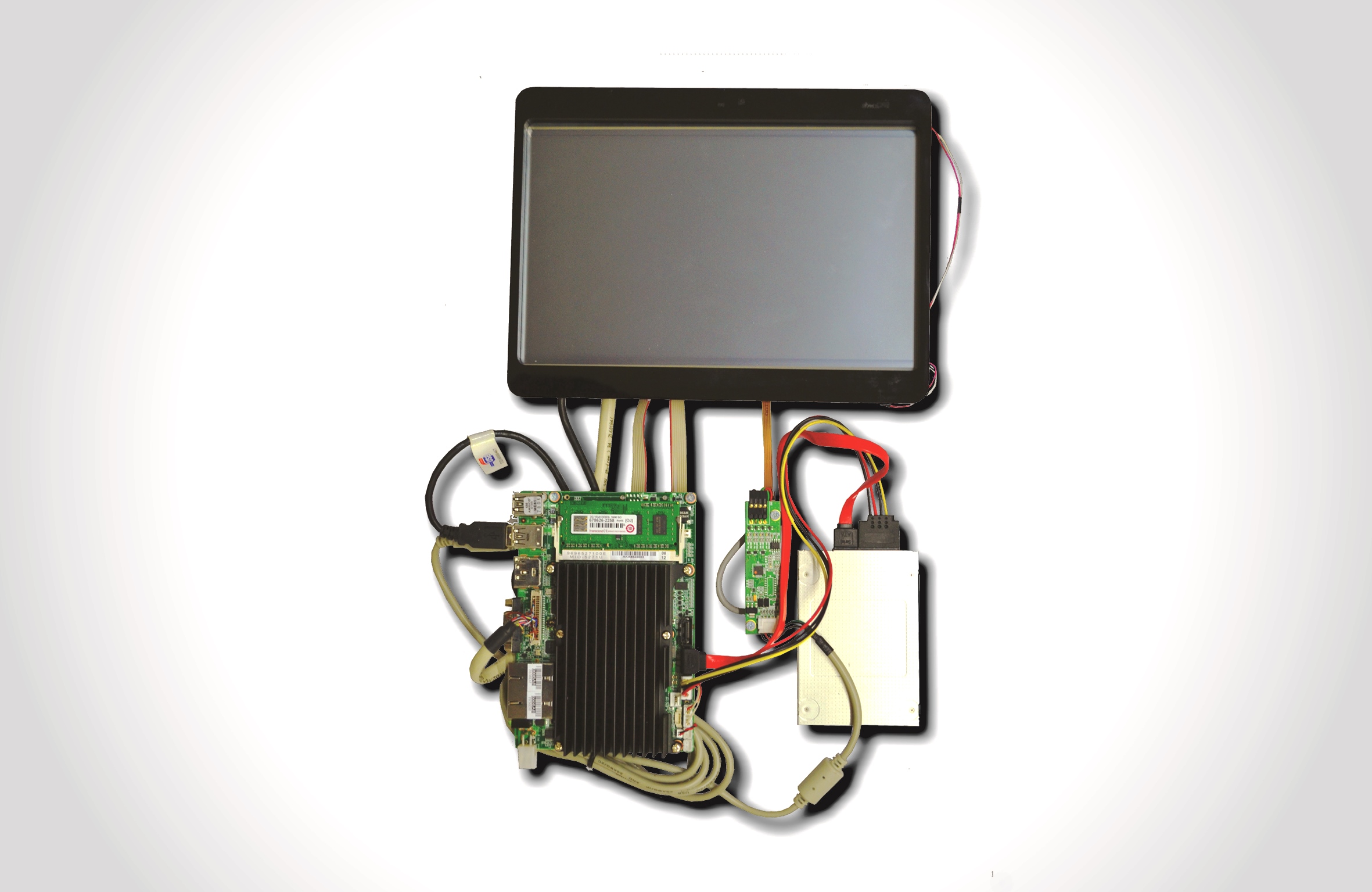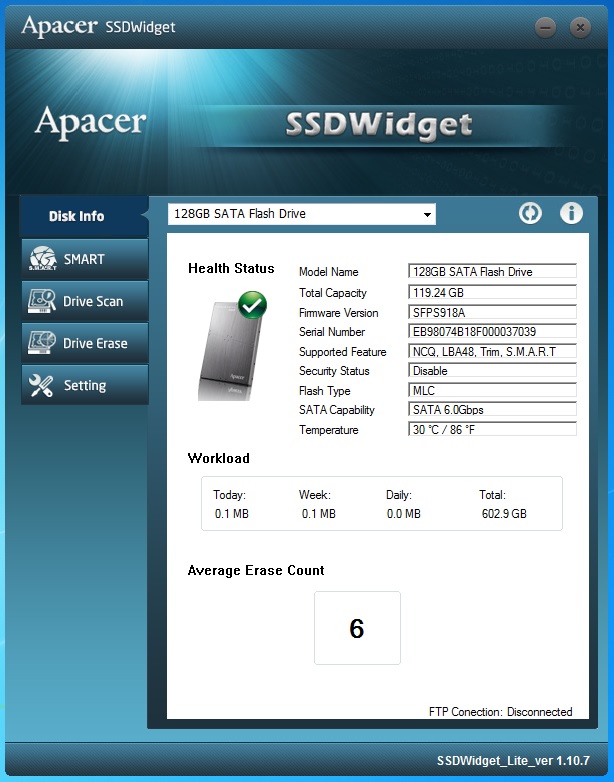DLC and Yeebo (Visionox) – OLED Modules
The plastic, organic layers of an OLED are thinner, lighter and more flexible than the crystalline layers of a LED or LCD.
OLEDs do not require backlighting like LCDs,as OLEDs generate light by themselves. That’s a reason why they consume much less power compare to LCDs. This is especially important for battery-operated devices such as cell phones.
A big advantage is also their spectacular viewing angles, which shows fantastic view from the around-the-clock-position. The high contrast ratio is rated with 2000:1, which causes a fenomenal contrast between the background and the displayed dots.
Advantages:
Lightweight and flexible plastic substrates
OLED displays can be fabricated on flexible plastic substrates leading to the possible fabrication of flexible organic light-emitting diodes for other new applications.
As the substrate used can be flexible, the displays may be produced inexpensively. Further more plastic substrates are shatter resistant, unlike glass displays used in LCD devices.
Wider viewing angles and improved brightness
OLEDs can enable a greater artificial contrast ratio and a wider viewing angle compared to LCDs because OLED pixels emit light directly. OLED pixel colors appear correct and unshifted.
Better power efficiency and thickness
LCDs filter the light emitted from a backlight, allowing a small fraction of light through. So, they cannot show true black. However, an inactive OLED element does not produce light or consume power, thus allowing true blacks. Dismissing the backlight also makes OLEDs lighter because some substrates are not needed.
While looking at top-emitting OLEDs, thickness also plays a role.
Response time
OLEDs also can have a faster response time than standard LCD screens. Whereas LCD displays are capable of between 1 and 16 ms,an OLED theoretically can have a response time less than 0,01 ms.

